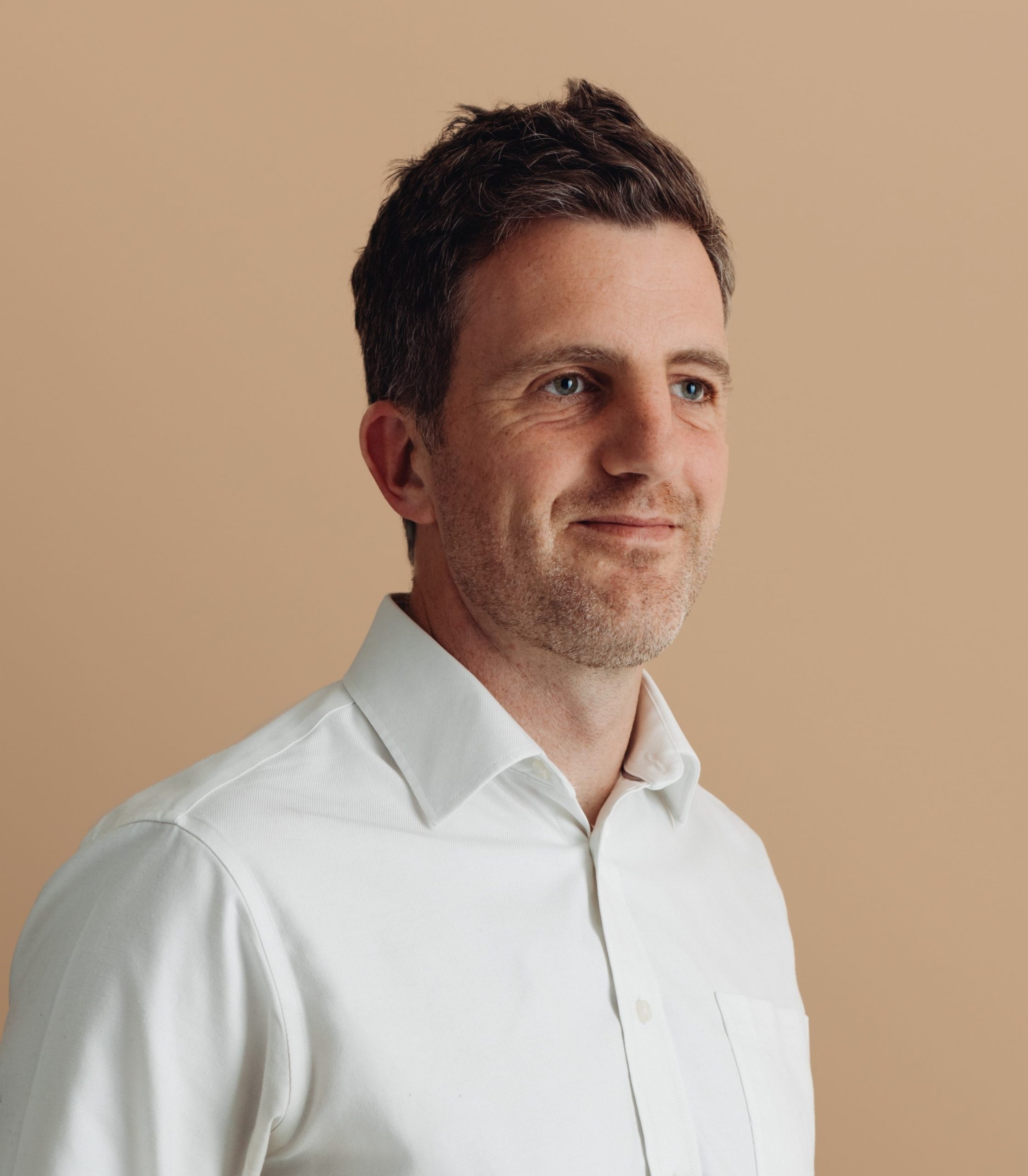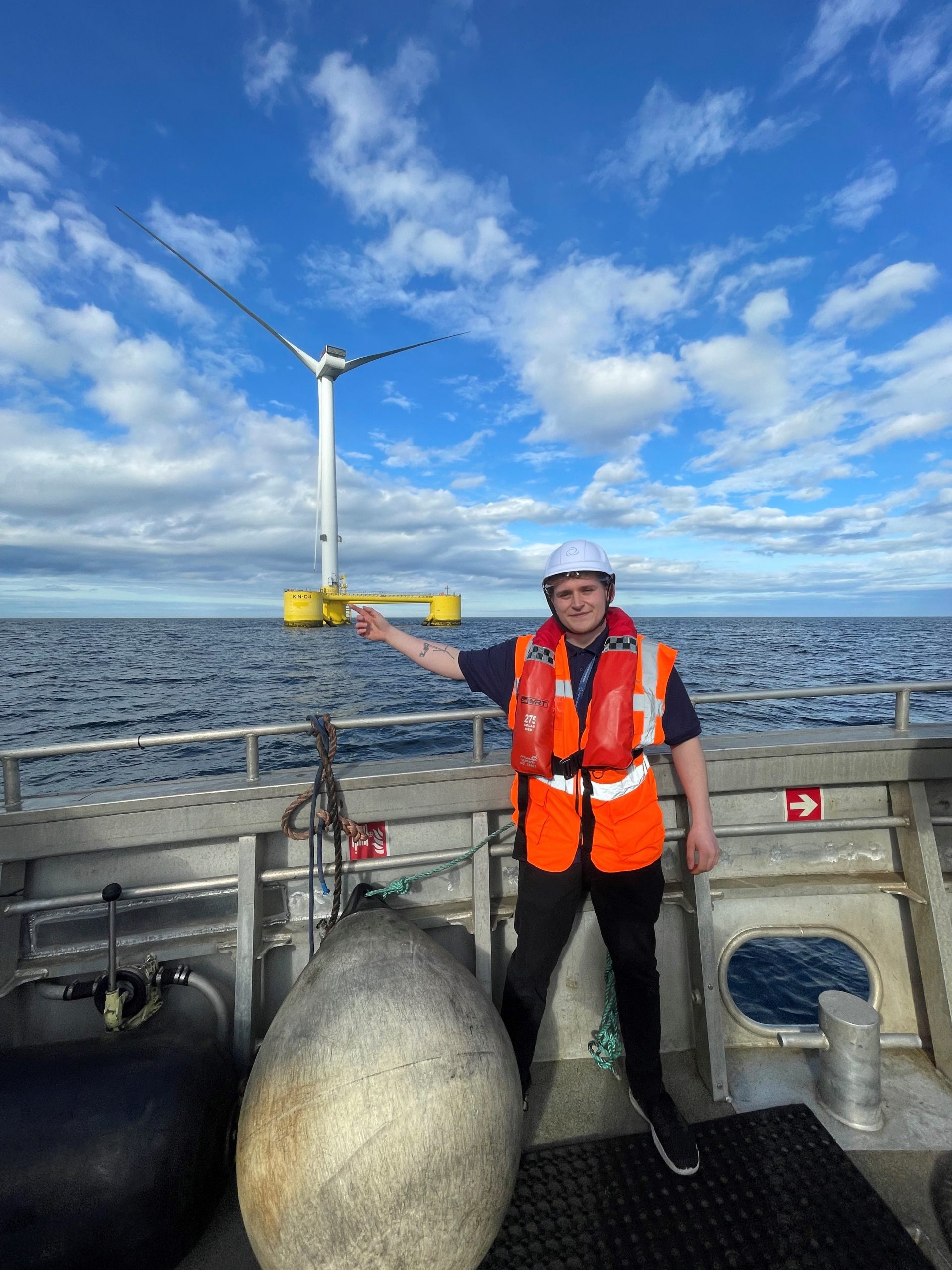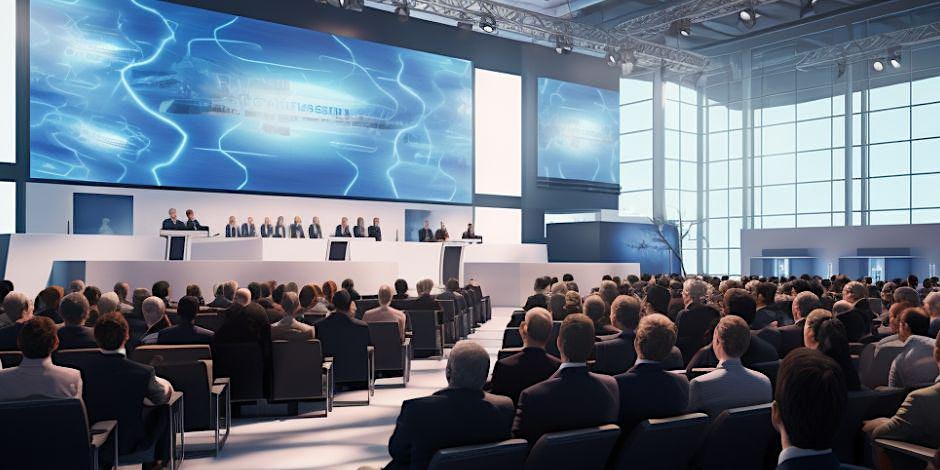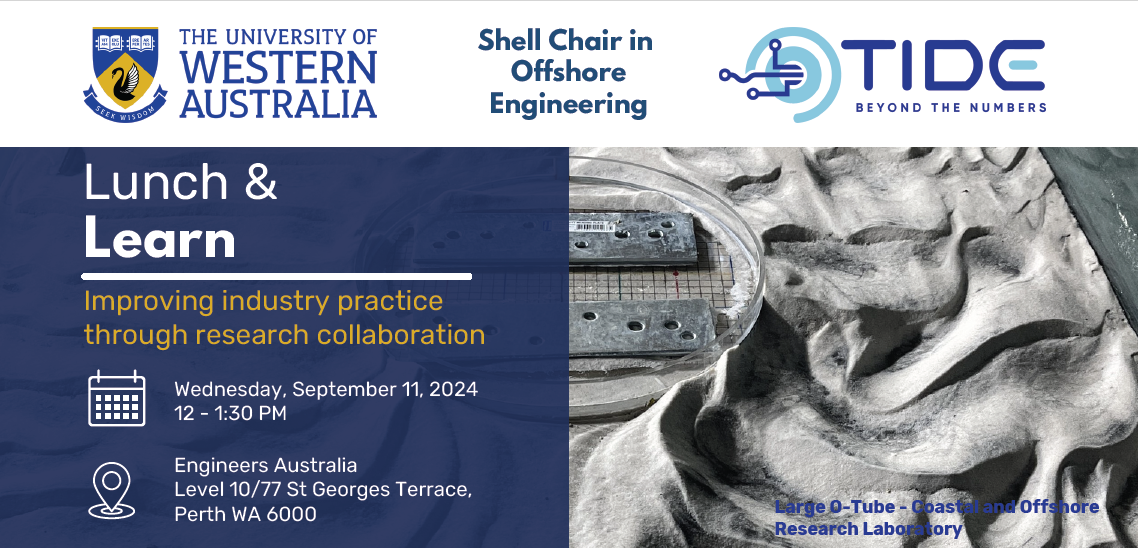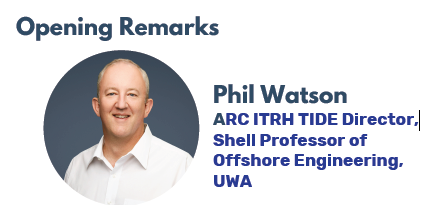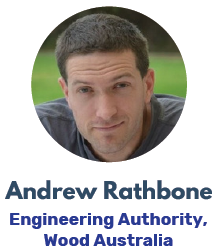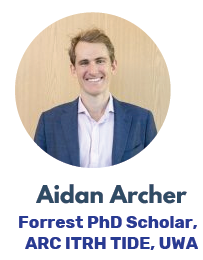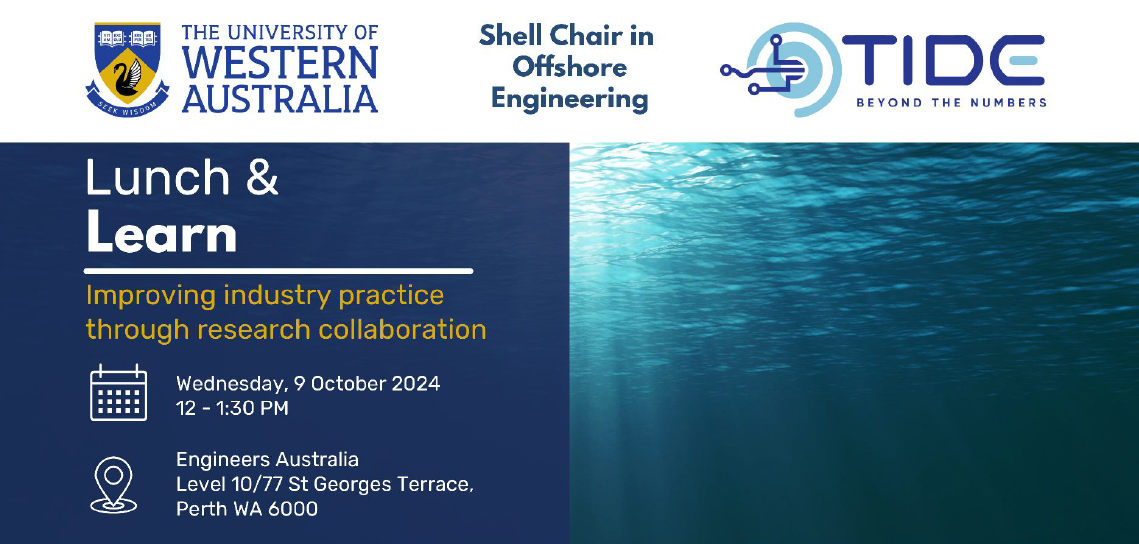 Lunch & Learn – Improving industry practice through research collaborations
Lunch & Learn – Improving industry practice through research collaborations
Hosted by The University of Western Australia | Shell Chair in Offshore Engineering | TIDE Research Hub
ABOUT THE LUNCH & LEARN
Join in for a free Lunch and Learn, where industry experts & researchers will share insights from recent activities – then stay for a light lunch and networking with colleagues from across the offshore sector.
In this session, Nicole Jones will discuss advancements in predicting internal tides and nonlinear internal waves. Marcelo Silva will explore foundation design adaptations to address the challenges posed by carbonate sediments, especially for upcoming offshore wind farm developments.


ABOUT THE PRESENTERS
Presentation 1 – Advancing predictions of internal tides and nonlinear internal waves
By Nicole Jones, Professor, School of Earth & Oceans, UWA
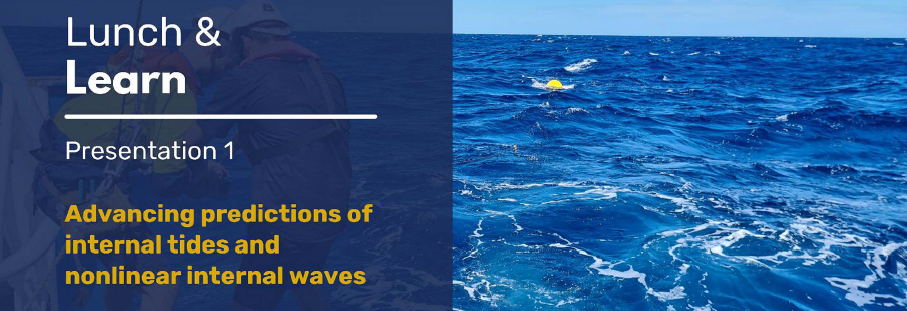
Abstract: Internal tides and nonlinear internal waves are ubiquitous ocean dynamics. Internal tides convey energy across ocean basins and nonlinear internal waves can result in strong currents on continental shelves. Predicting the dynamics of internal tides and waves is therefore important to ocean operations that require knowledge of maximum currents, acoustic propagation and sediment transport.
Despite the importance of internal tides and nonlinear internal waves they remain poorly predicted due to the complex interaction of the internal tide with background oceanographic processes. Internal tides are generated by tidal flow over topography; however, the generation is dependent on the local stratification and other incoming internal waves.
While propagating 100s-1000s kilometres the internal tide is modulated by changes in background ocean conditions, including currents and stratification, and can also steepen and become nonlinear.
Here we will present recent progress towards advancing internal tide and nonlinear internal wave prediction.
Presentation 2 – An overview of the challenges designing offshore foundations in Australian shallow waters
By Marcelo Silva, Deputy Technical Director, Fugro
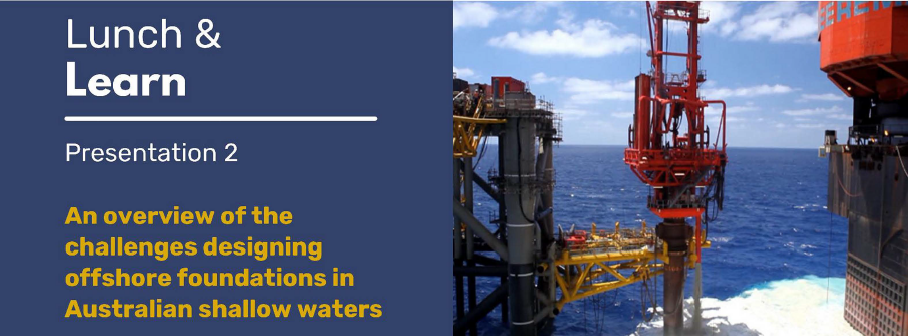
Abstract: Extensive regions of carbonate sediments are found offshore Australia, in areas often exploited by the oil and gas industry and also currently assigned for future wind farm developments.
Challenges associated with foundation design in carbonate sediments are well documented, most notably the installation of the piled foundations for the North Rankin A and Goodwyn A platforms.
Since then, there has been a better understanding of the complex behaviour of such sediments, with bespoke design methods developed as a consequence.
This presentation will outline some aspects of foundation design that have been adapted to address the challenges posed by these sediments, particularly for the forthcoming wave of offshore wind farm developments.
EVENT DETAILS
This is a great opportunity for the offshore community to come together and connect over ground-breaking research and a sandwich.
Don’t miss out!
📍Engineers Australia – Level 10, 77 St. Georges Terrace, Perth, WA 6000
📅 Wednesday, 9th October 2024
🕛12pm – 1.30pm
Space is limited, so secure your spot today –
RSVP ➡️ [email protected] by Friday, 4th October.


